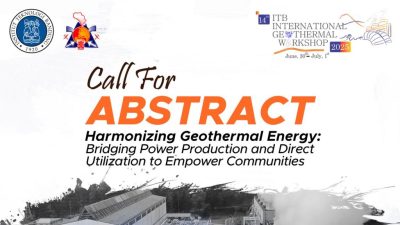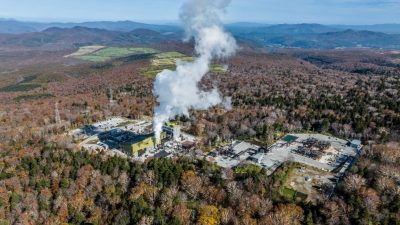The underutilized potential of CDM in Indonesia
A recent article of The Jakarta Post looks at why Indonesia has been slow on the uptake of the clean development mechanism (CDM) program of the UN and takes then the example of a geothermal project in the country to make his case in the long-term potential for CDM for the country.
In a recent article in the Jakarta Post, the author looks at why Indonesia has been slow on the uptake of the clean development mechanism (CDM) program of the UN. So far, so the article, the UN has only approved 23 project in the country so far, far away from China’s 422, India’s 395 and Malaysia’s 41 projects.
The author takes then the example of a geothermal project in the country to make his case in the long-term potential for CDM. “As a result of being geothermal, a plant can save up to 400,000 tons of carbon emissions per year, therefore trade 400,000 CERs on the carbon market. With a CER worth, let’s say, EUR 10 per ton, the plant can make EUR 4 million per year trading its non-emitted carbon.
“In 20 years, it can make a total of EUR 80 million. That’s already far above the total amount invested *for implementing the scheme*.”
“One of the main reasons so few projects have been implemented in Indonesia is their small profit margin hovering around 10 to 15 percent, said Agus Purnomo, the secretary-general of Indonesia’s National Council on Climate Change (DNPI), the government-authorized body in charge of tackling the effects of climate change, particularly through the implementation of CDM projects in Indonesia.
“The business community tends to back businesses that promise margins of between 50 and 80 percent. So, most businessmen consider a profit of up to 15 percent too small an amount,” said Agus in an interview on Tuesday.
In addition to the small margins, CDM projects are still relatively unfamiliar to most businessmen.
Agus said the carbon market – where each ton of non-emitted carbon, which is also equivalent to a certified reduction emission (CER), is traded as a commodity – is relatively new and different from other commodity markets.
“Since it is new and different, many financial institutions find it difficult to make predictions.”
For the full article see link below.
The potential for Indonesia is huge, as the author states, as “between 2008-2012, Indonesia has the potential to trade about 125 million tons of non-emitted carbon or 25 million tons per year from the energy sector, and up to 23 million tons per year from the forestry sector.”
Source: The Jakarta Post











